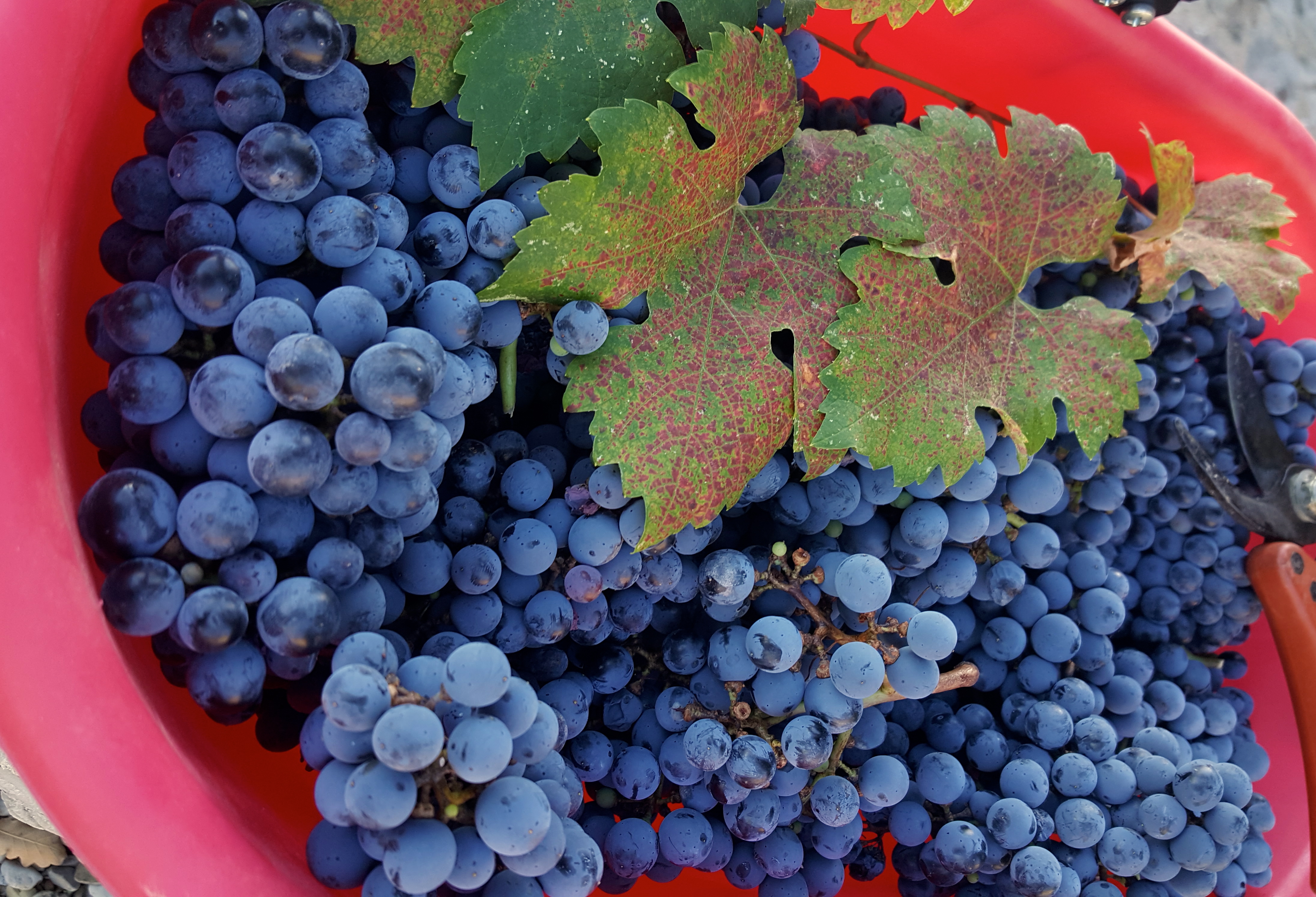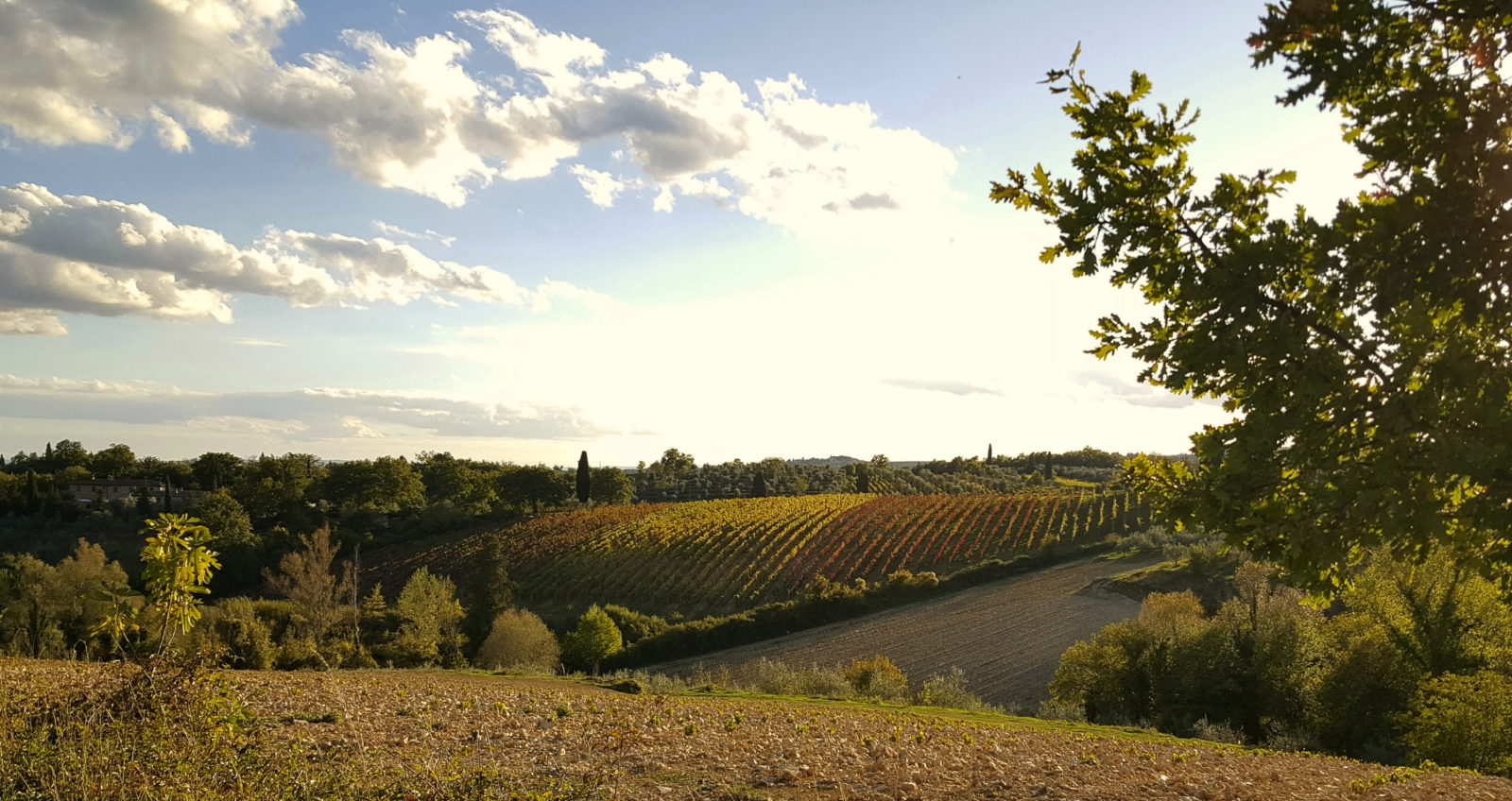

About Seasons and Harvests
01 November, 2018At the end of every harvest, we ask ourselves the same question: When people sample, taste or drink the wines from the 2018 harvest in a few years, will they remember the considerations we’ve shared about climate patterns? Will they recall the reflections about when and why we made certain choices, and all the rest?
As a matter of fact, the answer is very simple! 99% of the people won’t remember, and maybe they won’t even ever have known. We can extend that remaining1% to 5%, if we consider the curious and the studious, but we can’t hazard beyond that.
Despite this, and not because we’re obstinate or because we like to write about topics that will be forgotten, it’s our pleasure to present information we consider it a duty to prepare for that 1-5% of our readers.
And so here is the climatic information for the 2018 harvest in a few lines densely packed with passion.
Water, rain, is always the great variable and perhaps makes the difference from one year to another, along with very few other details. Whoever remembers 2017 as the year of great drought will now see quite different numbers about precipitation and its millimeters, for 1200 mm were registered from 1 November 2017 to 10 October 2018. It’s clear that the plants did not suffer water stress, thank goodness! However, there are so very, very many variables that they can’t all be reduced to an account of the number of millimeters of drops.
Turning to the harvest itself, as we mentioned in a former post, all of our dear readers know that it began with our white grapes, followed by Merlot, and that the Sangiovese grapes were harvested last, along with the very few lots of Cabernet Sauvignon on our lands.
Our agronomist, Massimiliano Biagi, recounts that:
Following the polyphenolic ripeness of the grapes on the various terroirs, the first harvest was that of the vineyards whose soils are composed of marine deposits, where the grapes are always fresh and their fruits red. Towards the end of September, we began harvesting the Sangiovese on the vineyards with sandy soil, followed by those on calcarenite and then those with ancient fluvial deposits. These latter were harvested after the middle of October and are where the aromatic complexity reached its greatest expression.
Overall we can state that 2018 was a complex harvest due to the climatic trends which tended to be more humid than on average in the past, but with excellent summer temperatures and a very dry period in the months of September and October. Thanks to good underground water supplies, the plants never suffered water stress and ripened regularly. The grapes brought to the cellars was of a very high quality, which leads us to hope for a high quality wine.
These lines are a real pleasure to read! At Brolio, study and research about soil types (19 over 240 hectares of vineyards), divided into five geological areas, has been going on since Francesco Ricasoli arrived in the company at the beginning of the 1990s, and we are all very enthusiastic about it.
Last Friday we celebrated the end of the harvest all together with the Benfinita, the celebration we organize every year in the cellars, and we hope that our 2018 wines will bring a great deal of pleasure to all of you dear readers, too, as you taste, sample and drink them!






